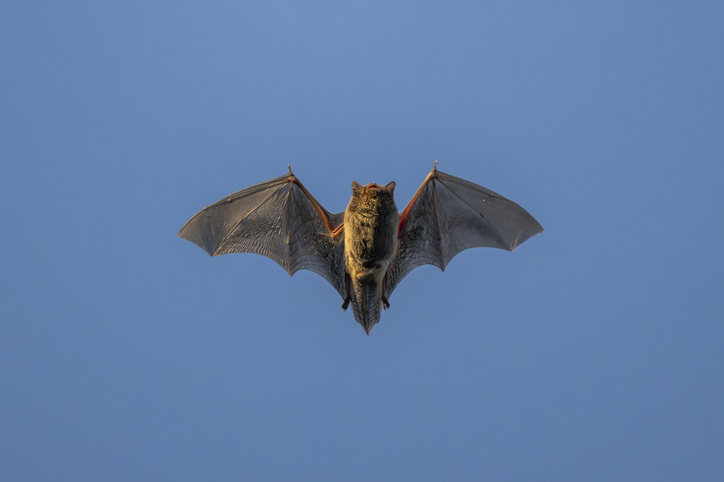
Middle East Respiratory Syndrome Coronavirus (MERS-CoV), a zoonotic pathogen transmitted from dromedary camels to humans that causes severe respiratory disease with a mortality rate of approximately 34%, belongs to the merbecovirus subgenus of coronaviruses.
To better understand how the merbecovirus subgenus of coronaviruses infects host cells, a team of researchers found that while most merbecoviruses appear unlikely to pose a direct threat to people, one subgroup known as HKU5 possesses concerning traits.
“Merbecoviruses—and HKU5 viruses in particular—really hadn’t been looked at much, but our study shows how these viruses infect cells,” said Michael Letko, PhD, assistant professor at Washington State University’s College of Veterinary Medicine. “What we also found is HKU5 viruses may be only a small step away from being able to spill over into humans.”
This work is published in Nature Communications in the paper, “ACE2 from Pipistrellus abramus bats is a receptor for HKU5 coronaviruses.”
During the past two decades, scientists have cataloged the genetic sequences of thousands of viruses in wild animals, but, in most cases, little is known about whether these viruses pose a threat to humans.
The paper explains that like other coronaviruses, merbecoviruses rely on a spike protein to bind to receptors and invade host cells through several viral-host interactions: (1) the N-terminal domain of spike attaches virus to lectins present on the host cell surface, (2) the receptor binding domain (RBD) binds to the host cell receptor molecule, (3) and receptor binding reorganizes structural elements in the S2 subunit of the spike protein that mediate membrane fusion and subsequent cell entry.
In this work, the team used an approach they call “MerbecoType.” RBDs of merbecoviruses, the paper explains, are classified into four different “clades” based on the presence or absence of indels, which exhibit clade-specific trends in receptor use and cell entry. Surprisingly, they noted, “at least half of the merbecovirus RBD clades use ACE2 for cell entry, with the entire group of HKU5 viruses exhibiting clear preference for ACE2 from their natural host species, Pipistrellus abramus bats.”
While most merbecoviruses appear unlikely to be able to infect humans, HKU5 viruses— which have been found across Asia, Europe, Africa, and the Middle East—were shown to use the host receptor ACE2, the same one used by the more well-known SARS-CoV-2. One small difference: HKU5 viruses, for now, can only use the ACE2 gene in bats, but do not use the human version nearly as well.
Examining HKU5 viruses found in Asia, where their natural host is the Japanese house bat (Pipistrellus abramus), the researchers demonstrated some mutations in the spike protein that may allow the viruses to bind to ACE2 receptors in other species, including humans. Researchers in another study that came out earlier this year analyzed one HKU5 virus in China that has already been documented to have jumped into minks, showing there is potential for these viruses to cross species barriers.
“These viruses are so closely related to MERS, so we have to be concerned if they ever infect humans,” Letko said. “While there’s no evidence they’ve crossed into people yet, the potential is there—and that makes them worth watching.”
The team also used artificial intelligence to explore the viruses, using AlphaFold 3 to model how the HKU5 spike protein binds to ACE2 at the molecular level, which could help provide a better understanding of how antibodies might block the infection or how the virus could mutate.
Letko noted that the study and its methods could be used for future research projects are important for ongoing efforts to identify looming coronavirus threats and in the development of interventions such as broad-spectrum antivirals and universal coronavirus vaccines.



